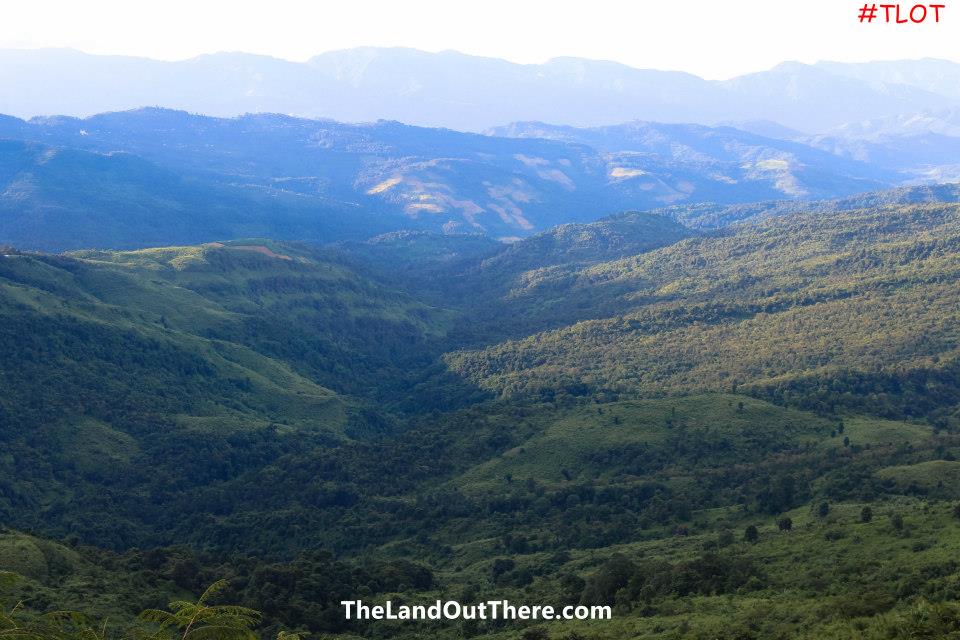
The cultural capital: Mokokchung, Nagaland
Situated at an altitude of around 4,430 feet above sea level is the town of Mokokchung which is also the headquarters of the district by the same name. The town of Mokokchung has an exquisitely picturesque landscape surrounded by vibrant green-hued mountains. MokoKchung is dubbed as the cultural and traditional capital of Nagaland and is also home to the warm hearten and very hospitable Ao-Naga tribal villages.
Mokokchung
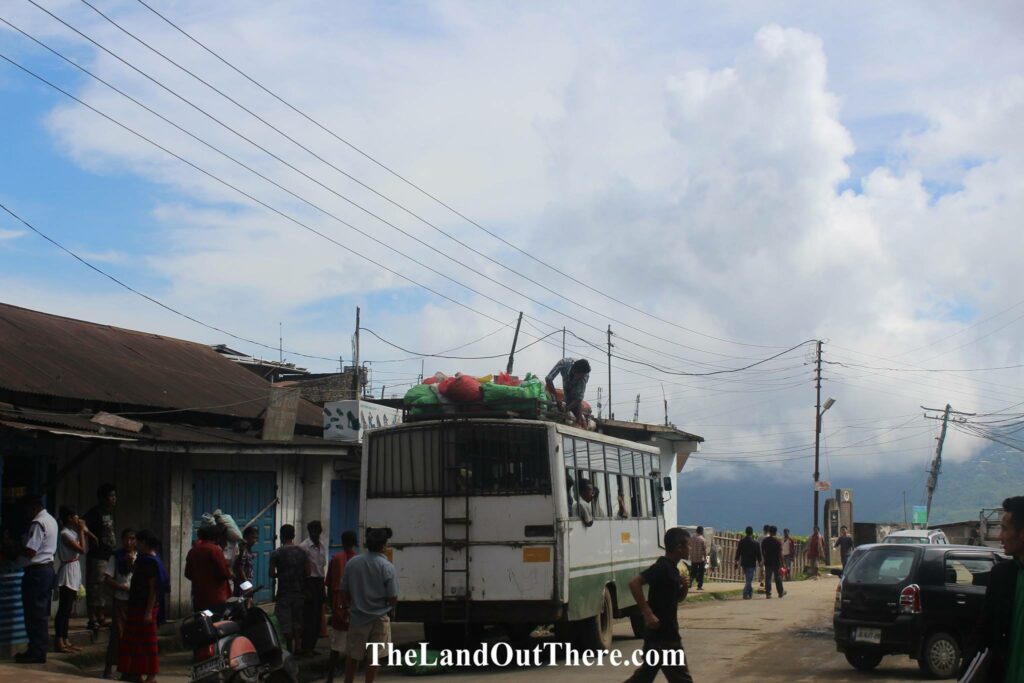
is at a distance of 162 kms from the state capital of Kohima, via Wokha district. Bus and taxi services are easily available from Kohima. Shared jeeps leave from Kohima at 6 am and 10 am respectively and are the best way to commute between the two districts. When the roads conditions are good the journey takes around three to four hours and around six to seven hours when the roads are bad. The shared jeeps leave daily from Martyrs Park in Kohima. It is always better to book a jeep seat a day or two prior to your departure.
The nearest railway station is Mariani in Assam and is located at a distance of 85 kms from Mokochung. NST buses also ply to Mokokchung from various districts but the bus ride is not for the faint-hearted with the buses always being over crowded and very congested. Helicopter service is also operational between Mokokchung – Dimapur – Kohima which is a half an hour picturesque experience.
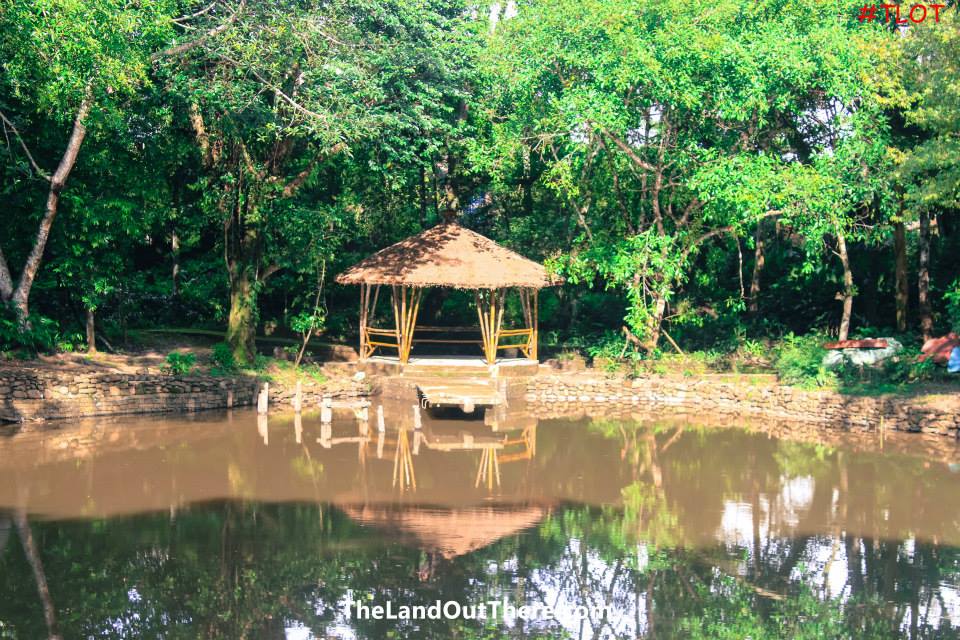
According to local legend, the Ao Nagas emerged from ‘six stones’. These stones symbolize their forefathers and that location is named as ‘Longterok’ which means six stones. These stones are still intact in a village named Chungliyimti in Tuensang district where they are preserved. From this village, the Ao tribe moved towards the northern region crossing a river named Dikhu and settled at Soyim, also known as Ungma today. The literal meaning of ‘Ao’ is going or gone with reference to Ao Nagas moving ahead leaving the others behind.
The name Mokokchung is the combination of two words Mokok and Chung, where Mokok means unwillingly and Chung means a group of people. Thus, the name Mokokchung comes to be. Another interesting fact is that the average lifespan of a Naga is 85-95 years. The oldest person in each village is over 100 years of age.
Racially, the Ao Nagas are descendants from Mongolians; therefore all Mokokchung villagers are Mongolians and are believed to have migrated from the Far East ‘through’ Chungliyimti. There are five clans within the village – Pongener, Longkumer, Jamir, Atsongchanger and Kechutzar. Marriage within the same clan is prohibited and monogamy is practiced. All clans are treated equally.
The village is divided into two khels (sectors) – the upper khel and the lower khel. Although this division is normally based on the Ao dialect (‘Mongsen’ and ‘Jungli’) spoken by the people in other Ao villages, the case is different in Mokokchung Village. Both the khels speak only ‘Mongsen’ dialect.
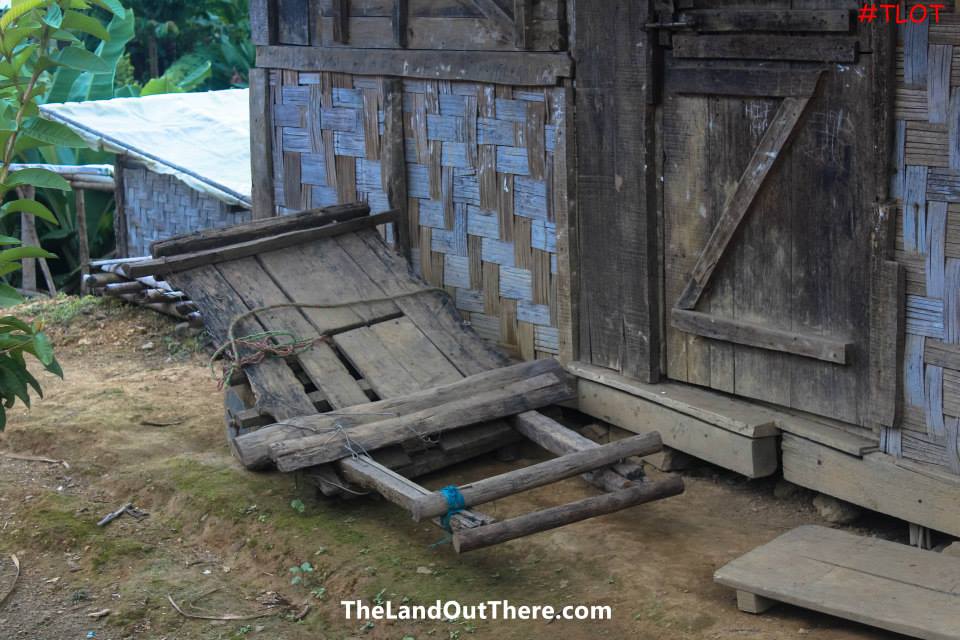
The main annual festivals that used to be popular in the past were Moatsü and the Tsungremong. The Moatsü festival is celebrated on May 2nd in honour of Lijaba, – the creator of the whole earth – to appeal for his blessings in the cultivation that immediately follows after the sowing season. The Tsungremong festival – a celebration of the harvest – is held during the 1st week of August. In the modern times, Christmas has become the most important festival in all the Ao regions.
The main attractions around Mokokchung is the Ao Naga villages of Longkhum, Ungma, Mopungchuket, Yisemyong and Impur the first Christian mission center. The villages of Mopungchuket, Yisemyong and Impur can be accessed only by private taxi since public transportation is not the best option with shared jeeps and buses having very bad frequency. Ungma is easily accessible with plenty of shared jeeps and buses.
Accommodation in Mokokchung is limited to just a couple of hotels which are located at extreme ends of the town. Both these hotels are not exactly the first go to choice for backpackers or budget travellers. But in Mokokchung budget travellers have no other option. To meet the needs of budget travellers both the hotels have a room with four beds transforming it into dormitories.
Mokokchung has a handful of eateries which mainly serve local Naga food which includes a variety of pork, chicken and fish dishes served with rice. The town is also well known for its bakery products which include biscuits, buns and cakes. The biscuits are a must try while in Mokokchung.
The best time to visit Mokokchung is from September to April when the dry season is on. During the winter months from October to February, the temperature drops to as low as 4°C. An important thing to note is that to travel around Mokokchung one needs a special inner line permit which can be obtained from Nagaland House in New Delhi, Kolkota, Guwahati or from the DCP’s office in Dimapur or Kohima.
Mokokchung is an ideal place to set up as base to travel around the district since taxis, buses and jeeps are readily available from Mokokchung.
For a similar experience, >>Click here


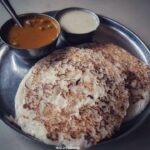
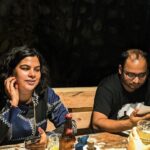

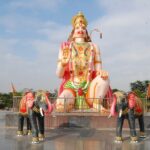

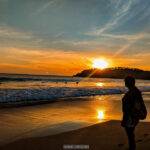
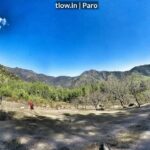
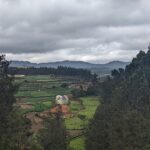

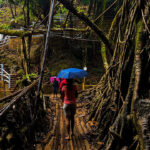
Keep up the good writting.